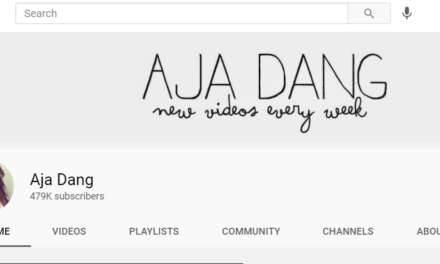We all want to believe in happy endings. True love conquers all in the movies, just as every book comes to a logical conclusion. We carry these ideals into our work. This website will be better than the last one. This CMS will centralize our content. We will finally share a united editorial process.
But the perfect content strategy that we envision is dependent on harmonious systems, which is an environment that rarely exists in your organization. Multiple CMSs, legacy digital asset management (DAM) systems, and a sprawling intranet often compete for resources and funding. And you know what, this has nothing to do with siloed business units and departments that won’t talk to each other.
For years, I thought that if we just got everything in one place, we’d be fine. The problem of having all your content in one location and run by one team is that it sounds good in a pitch, but almost always falls apart as soon as the consultant has cashed his or her last check.
What’s Your Content Risk Tolerance?
Love it or not, your content ecosystem is at the mercy of your corporate culture. If your organization is traditional and slow to change, any game plan aimed at trying to maintain your content will also be slow. This means that risk-adverse teams will stick with an impractical and flawed editorial process, if only because that’s what they know. Conversely, technology companies used to dealing with shifting complex digital ecosystems will often use the latest software to fix their broken content problems. This often results in switching platforms and chasing rainbows. No tool will ever fix a flawed internal process.
When assessing any content environment on the enterprise level—and by which I mean websites, campaigns, brochures, data sheets, webinars, RFPs, videos, and any information that is socialized to an internal and external customer—it must be part of your due diligence to recognize how risk-tolerant your content teams are. I’ve found that organizations that have a common balance of new tool integrations, along with a healthy corporate culture of turnover and reorganization, are well-suited to maintain a corporate ecosystem that may be imperfect, but is constantly improving.
Start With a Maturity Model
Like it or not, content and organizational change are close cousins. You can’t talk about content without involving the people and processes that govern it. Fortunately, there is one item that can help all areas of the organization that touch content: a content ecosystem maturity model (CEMM). It’s a mouthful, but once organizations are brought into their CEMM, they wonder how they ever lived without it.
A CEMM is simply a visual representation of all the systems and divisions that make up your content ecosystem. Think of it as a Venn diagram on speed. It shows your intranet, learning portal, user-generated content, main dot-com experience, landing pages, campaign microsites, DAM, and whatever other content platform is used to store and/or distribute content to internal and external audiences.
Some of the most successful CEMMs I’ve implemented hang in cubes and common spaces. They are also updated based on the aforementioned shift in organizational dynamics.
Making the Uncomfortable Comfortable
Content producers are used to living in a perfect world. Starting with a CEMM, you can better visualize the imperfect and create and maintain content that works for your organization.






